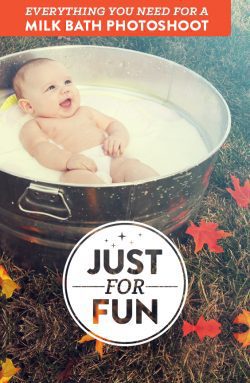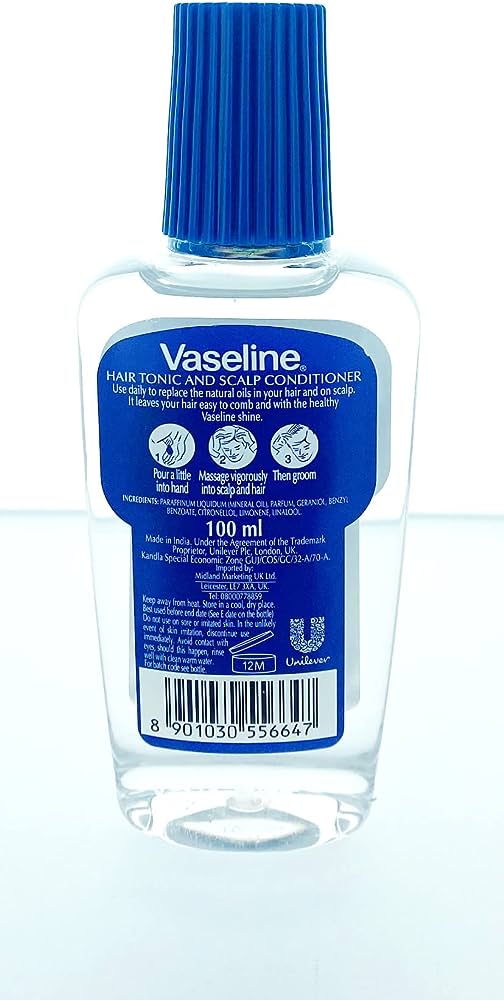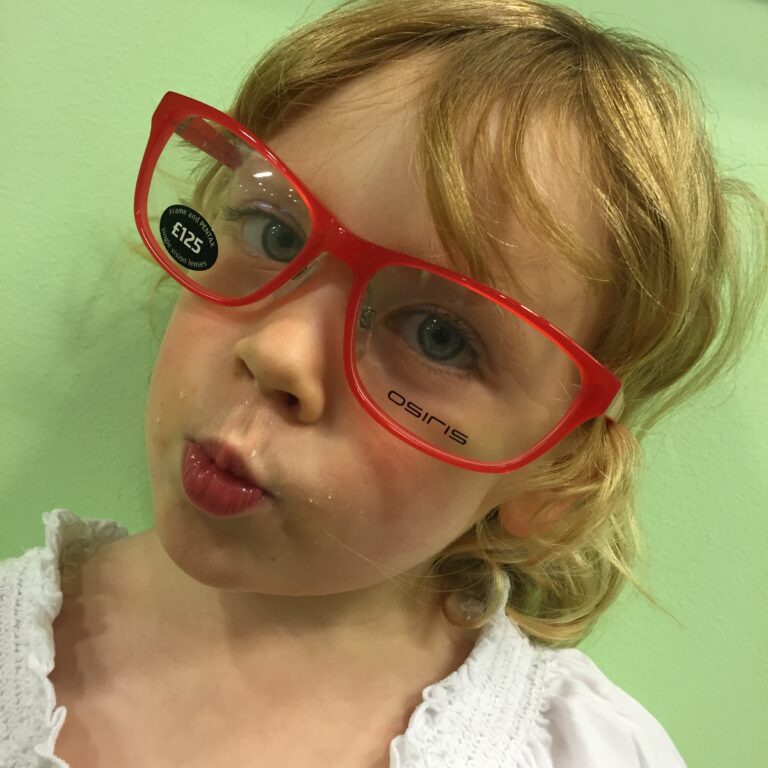How to Make a Milk Bath for Baby: A Step-by-Step Guide
To make a milk bath for a baby, simply add cow’s milk or goat’s milk to warm bathwater. Full-fat or whole milk is recommended for the best feel on the baby’s skin.
Milk baths can help soothe dry skin, infant eczema, baby acne, diaper rash, and cradle cap due to the moisturizing properties of the fatty acids in milk. Giving a baby a milk bath can help lock in moisture and prevent dryness, providing relief for occasional dry skin, especially during colder months.
It is a natural and gentle way to care for your baby’s skin.
Gathering Supplies And Preparing The Bath
Create a soothing milk bath for your baby by filling a tub with warm water and adding milk. Milk baths can help lock in moisture and soothe dry skin, diaper rash, and eczema. Use cow’s milk or goat’s milk for the best results.
Choose A Tub Or Basin For The Milk Bath
When preparing a milk bath for your baby, you’ll need to choose a suitable tub or basin. Make sure it is large enough to comfortably accommodate your baby while allowing them to move freely. A plastic baby bath tub or a clean sink can work well for this purpose.
Select The Right Type Of Milk
Choosing the right type of milk is crucial when making a milk bath for your baby. There are a few options available:
- Cow’s milk: Cow’s milk is commonly used in milk baths because it is easily accessible and affordable. Using full-fat or whole milk will provide the best feel on your baby’s skin.
- Goat’s milk: Another popular option, goat’s milk can also be used in milk baths. It has similar benefits to cow’s milk and is a great alternative for babies with sensitivities or allergies to cow’s milk.
Fill The Tub With Warm Water
Before adding the milk to the bathwater, fill the chosen tub or basin with warm water. The water should be lukewarm, around 37°C to 38°C (98°F to 100°F), to ensure your baby’s comfort during the bath. Use a bath thermometer to check the temperature and adjust it if necessary.
Add The Milk To The Bathwater
Once the tub is filled with warm water, it’s time to add the milk. Measure the desired amount of milk according to the instructions provided (for example, 1 cup of cow’s milk or 1/2 cup of goat’s milk) and slowly pour it into the water.
Stir The Water To Mix The Milk Evenly
To ensure that the milk is evenly distributed in the bathwater, gently stir the water after adding the milk. This will help distribute the milk’s nourishing properties throughout the bath, providing maximum benefits for your baby.
Ensuring Baby’s Safety And Comfort
Give your baby the ultimate relaxation experience with a milk bath. Not only does it provide comfort, but it also helps soothe dry skin, diaper rash, and even cradle cap. Learn how to make a milk bath for your baby and give them a luxurious and safe bathing experience.
Check The Water Temperature
One of the most important aspects of ensuring your baby’s safety and comfort during a milk bath is to check the water temperature. Babies have delicate skin, so it’s crucial to make sure the water is neither too hot nor too cold.
To check the water temperature, you can use a baby bath thermometer or simply dip your elbow into the water. If the water feels comfortably warm to your elbow, it should be safe for your baby. Remember, babies are more sensitive to temperature changes, so always err on the side of caution and make sure the water is lukewarm.
Test The Milk Bath On Your Own Skin
Before introducing the milk bath to your baby, it’s a good idea to test it on your own skin. This will help you ensure that the milk bath is not too harsh or irritating for your little one.
To test the milk bath on your skin, pour a small amount of the milk mixture on your forearm or the inside of your wrist. Leave it on for a few minutes and observe if there are any adverse reactions such as redness, itching, or discomfort. If your skin remains calm and moisturized, it should be safe for your baby’s bath.
Place A Non-slip Mat In The Tub
Safety is paramount when giving your baby a milk bath. To prevent any accidents or slips, make sure to place a non-slip mat in the tub.
A non-slip mat will provide traction and keep your baby stable and secure during the bath. It will prevent them from sliding or sinking into the milk mixture, ensuring their comfort and safety throughout the bath.
Prepare Towels And Washcloths
Having the right towels and washcloths ready for your baby’s milk bath will enhance their comfort and make the bath experience more enjoyable.
Choose soft and absorbent towels that are suitable for a baby’s sensitive skin. You can also warm the towels slightly by placing them on a towel warmer or running them under warm water. This will ensure that your baby feels cozy and warm when they come out of the milk bath.
Gather Baby’s Bath Essentials
Before starting the milk bath, make sure to gather all of your baby’s bath essentials. This will help you have everything you need within reach, so you don’t have to leave your baby unattended during the bath.
Essentials for a baby’s milk bath include baby shampoo, gentle soap, a soft washcloth, and a bath toy if desired. Having these items prepared in advance will ensure a smooth and stress-free bath time for both you and your baby.
Preparing Baby For The Milk Bath
Achieve a soothing and nourishing milk bath for your baby by diluting cow’s milk or goat’s milk in warm bathwater. This can help moisturize their skin, alleviate dryness, and provide relief for conditions like baby acne or diaper rash. Discover the benefits of a milk bath for your little one’s relaxation and well-being.
Undress Baby For The Bath
Before you begin the milk bath, it’s essential to undress your baby completely. Choose a warm, comfortable area to undress them, ensuring it’s free from drafts or cold air. Make sure to remove any clothes and diapers gently, being careful not to rush or handle them too roughly. Undressing your baby in a slow and gentle manner helps create a calm and relaxing atmosphere for the milk bath.
Get Baby Ready For The Bath
Once your baby is undressed, it’s time to prepare them for the milk bath. Get a warm towel ready nearby to wrap them in after the bath. This will help preserve their body temperature and keep them cozy. Additionally, gather all the supplies you’ll need, such as a soft washcloth, mild baby soap, and a towel. Having everything within reach will ensure you don’t have to leave your baby unattended during the bath.
Gently Lower Baby Into The Milk Bath
When the milk bath is ready, it’s time to gently lower your baby into the warm water. Using one hand to support their neck and head, slowly lower their body into the bathwater. Take your time and ensure your baby is comfortable throughout the process. The milk bath can be soothing for both the body and the mind, making it a calming and enjoyable experience for your little one.
Support Baby’s Head And Neck
While your baby is in the milk bath, it’s crucial to provide proper support for their head and neck. Use one hand to hold the back of their head and neck, allowing them to relax and feel secure. Be gentle and attentive to their comfort, ensuring that their head stays above the water at all times. This will help them stay relaxed and safe during the milk bath.
Allow baby to enjoy the milk bath while keeping a close eye on them. Make sure to stay with your baby throughout the entire bath to prevent any accidents or mishaps. Cherish this special bonding time with your little one as they bask in the nourishing and soothing properties of the milk bath.
Cleansing And Moisturizing Baby’s Skin
To cleanse and moisturize your baby’s skin, try making a milk bath. Milk baths help lock in moisture and soothe dryness, making them beneficial for babies with dry skin, infant eczema, diaper rash, and cradle cap. Dilute cow’s milk or goat’s milk in warm bathwater for the best results.
Use A Soft Washcloth Or Sponge
When it comes to cleansing your baby’s delicate skin during a milk bath, using a soft washcloth or sponge is essential. These gentle tools will help you avoid any roughness or irritation that could potentially harm your baby’s skin. Ensure that the washcloth or sponge is clean and free from any harsh chemicals or fragrances that could potentially irritate their sensitive skin.
Gently Wash Baby’s Body
Once you have prepared the milk bath, gently wash your baby’s body using the soft washcloth or sponge. Starting from the top of their head and working your way down to their little toes, gently massage their skin with circular motions. This will help remove any dirt, sweat, or excess oil from their skin, leaving it clean and fresh.
Rinse Baby With Clean Water
After washing your baby’s body, it is important to rinse them with clean water. Use a jug or a cup to pour lukewarm water over their body, ensuring all the milk is thoroughly rinsed off. This step is crucial to remove any residue that might be left behind and ensure your baby’s skin is completely clean.
Pat Baby’s Skin Dry With A Towel
Once your baby is rinsed, gently pat their skin dry with a soft towel. Avoid rubbing their skin vigorously as this can cause irritation. Instead, use a gentle patting motion to remove excess moisture from their body while leaving their skin slightly damp.
Apply Moisturizer To Baby’s Skin
Now that your baby’s skin is clean and dry, it is time to moisturize. Choose a gentle and hypoallergenic moisturizer specifically formulated for babies. Apply a small amount to your hands and gently massage it into your baby’s skin, ensuring to cover all areas. This will help lock in moisture and keep your baby’s skin soft and hydrated.
Remember, always consult with your pediatrician before introducing any new products or bathing routines to your baby’s skincare regimen. Every baby’s skin is unique, and it is important to choose products that are suitable for their individual needs.
Safety Precautions And Additional Tips
Keep the bath time short: When giving your baby a milk bath, it’s important to keep the bath time short. Babies have delicate skin, and prolonged exposure to milk can cause dryness or irritation. Limit the milk bath to around 10-15 minutes to ensure your baby’s skin stays moisturized and healthy.
Monitor baby at all times: It is crucial to monitor your baby at all times during the milk bath. Never leave your baby unattended, even for a second. Babies can quickly become slippery in a milk bath, and accidents can happen. Stay close to your baby and ensure a safe bathing environment.
Avoid getting milk in baby’s eyes or mouth: While giving your baby a milk bath, be cautious to avoid getting milk in their eyes or mouth. Milk can cause irritation or discomfort if it gets in their sensitive areas. Use a soft washcloth to gently wipe your baby’s face while ensuring their eyes and mouth are protected.
Clean the tub thoroughly after each use: After each milk bath, it’s essential to clean the tub thoroughly. Milk can leave a residue, which can become slippery and hazardous. Use a mild detergent or baby-safe cleanser to clean the tub and remove any remaining milk. Rinse the tub thoroughly to ensure it’s free from any residue.
Consult with a healthcare professional if needed: If you have any concerns or questions about giving your baby a milk bath, it’s always best to consult with a healthcare professional. They can provide personalized advice and guidance based on your baby’s specific needs and health condition. Reach out to your pediatrician or a lactation consultant for expert assistance.

Credit: healthnews.com
Frequently Asked Questions Of How To Make A Milk Bath For Baby
Is It Good To Give Your Baby A Milk Bath?
Giving your baby a milk bath can be beneficial as it helps lock in moisture, soothes dry skin, and prevents irritations like eczema and diaper rash. Use cow’s milk or goat’s milk diluted in warm bathwater for the best results.
What Kind Of Milk Do You Use For Milk Bath?
To make a milk bath, dilute cow’s milk or goat’s milk into your warm bathwater. Full-fat or whole milk is best for your skin. It helps lock in moisture, soothes dry skin, infant eczema, baby acne, diaper rash, and cradle cap.
Cow’s milk is commonly used due to its availability and affordability.
Do You Rinse Baby After Breast Milk Bath?
Yes, it is recommended to rinse the baby after a breast milk bath. Rinse the baby with warm water to remove any residue from the milk bath.
What Age Is Best For Milk Bath?
The best age for a milk bath is for babies. It helps lock in moisture and prevent dryness, eczema, acne, diaper rash, and cradle cap. Use cow’s milk or goat’s milk diluted in warm bathwater. Rinse your baby after the milk bath.
Conclusion
Incorporating milk baths into your baby’s routine can provide numerous benefits for their skin. The fatty acid components in milk help to lock in moisture, preventing dryness and soothing occasional skin issues such as eczema, diaper rash, and cradle cap.
Whether you choose cow’s milk or goat’s milk, the result will be a relaxing and nourishing experience. So, give your little one the luxury of a soothing milk bath and watch their skin glow with health and happiness.








